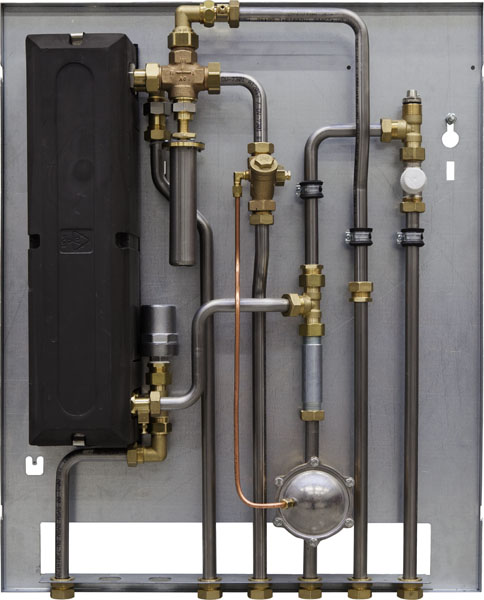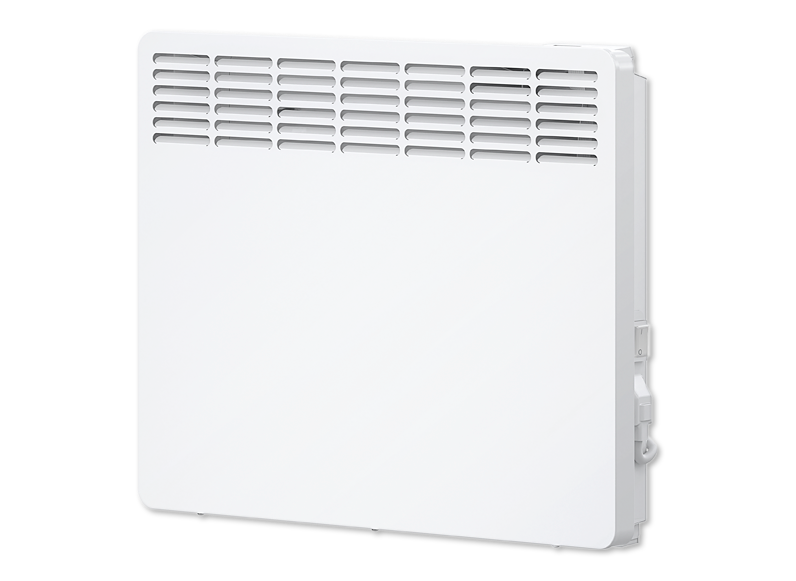The Future Homes Standard: an update
As of June 2019, the UK has a net zero carbon target for 2050. This is one of the most ambitious targets in the world and poses a huge challenge to the nation. To meet this target the government is driving new policy to be implemented in the 2020s. Among the key pieces of policy are those relating to the heating and construction of buildings, both new and old.
For example, the first stage of Future Homes Standards consultation on the 2020 building regulations has just closed and there is a pathway being developed for the 2025 regulations. The 2020 regulations will aim to reduce carbon emissions from new buildings by 30% and there have been strong indications that the target for 2025 will be a zero carbon standard. The decarbonisation of heating will be an essential element of this target.
In the past ten years the UK has seen a dramatic decarbonisation of the electricity grid. Carbon emissions associated with electricity have dropped thanks to large levels of investment in offshore wind farms. In 2017, UK emissions were 43% below 1990 levels with most of the reduction in carbon is down to significant progress in reducing emissions from electricity generation. At the current rate, electricity will provide cleaner energy than gas in the next few years, and therefore a great deal of the effort in decarbonising heating will be aimed at switching heating from fossil fuels to electric power.
At STIEBEL ELTRON, we were one of the first to realise that electricity is the energy source of the future. Since 1924 we have consistently focused on the development and production of green, energy efficient heating solutions powered by electricity. This means we are excellently placed both with products available now, and those coming through our R & D process for the future, to support these changes to the market.
Key points for builders and installers at this stage:
• In the first raft of new regulation it is likely that there will be a requirement to future-proof new homes so that they can be easily retrofitted with greener heating, such as a heat pump, even if they are initially connected to the mains gas on completion.
• Whilst it is not clear that there will an actual or effective ban on fossil fuel heating for all new buildings beyond 2025, low carbon, non-fossil fuel heating is likely to become a more attractive choice to satisfy building regulations. We expect to see far more of the following:
o For high density developments such as city centre apartments, we expect to see more district heating schemes, with heat generated from a central plant from heat pumps, combined with heat interface units.
o For housing-estate-type developments, all the modelling we have carried out so far suggests that individual air source heat pumps are going to become the preferred method of satisfying the regulations
o For passive house or highly insulated builds, electric panel convection and radiant heaters will continue to provide solution.
• For the retrofit market, the initial focus is likely to be on decarbonising the low hanging fruit; in this case the 4 million off-gas homes, particularly those heated by oil boilers. Early indications are that oil boilers will be phased out from 2025, though that has yet to be confirmed.
• New incentive schemes to follow the end of the RHI are envisioned and expected with a high degree of confidence to support the renewable heating industry. Personally, I am already lobbying for a scheme that addresses the capital cost associated with installation.




In conclusion, the future of the heating market looks to increasingly driven by electric sources of heat. Growing your expertise in heat pumps, in particular, continues to look to be a good investment. We offer training programmes to assist you and your teams upskill to face the challenges ahead; do contact us on sales@stiebel-eltron.co.uk for more information.
